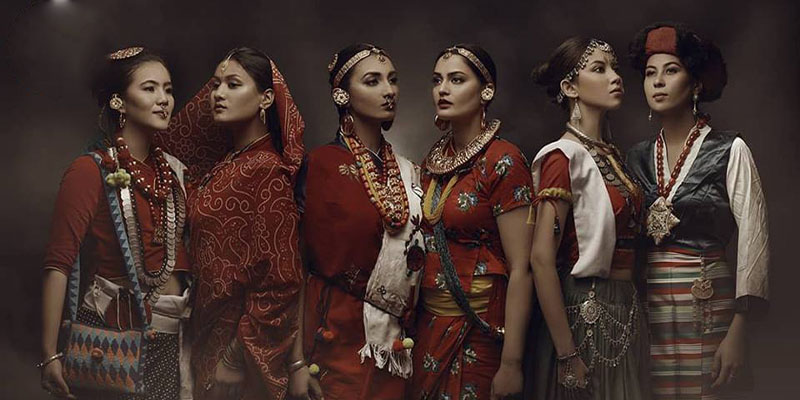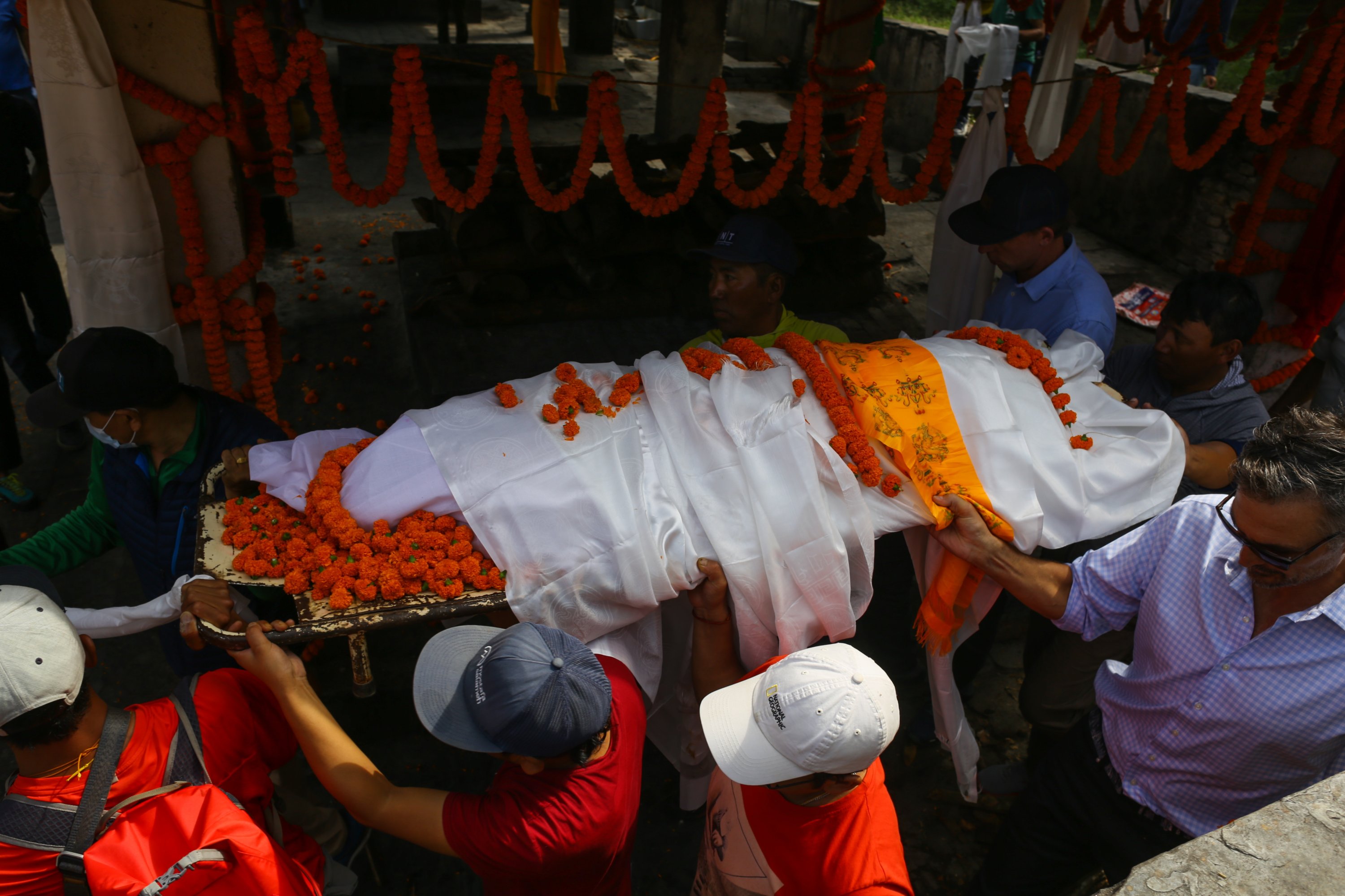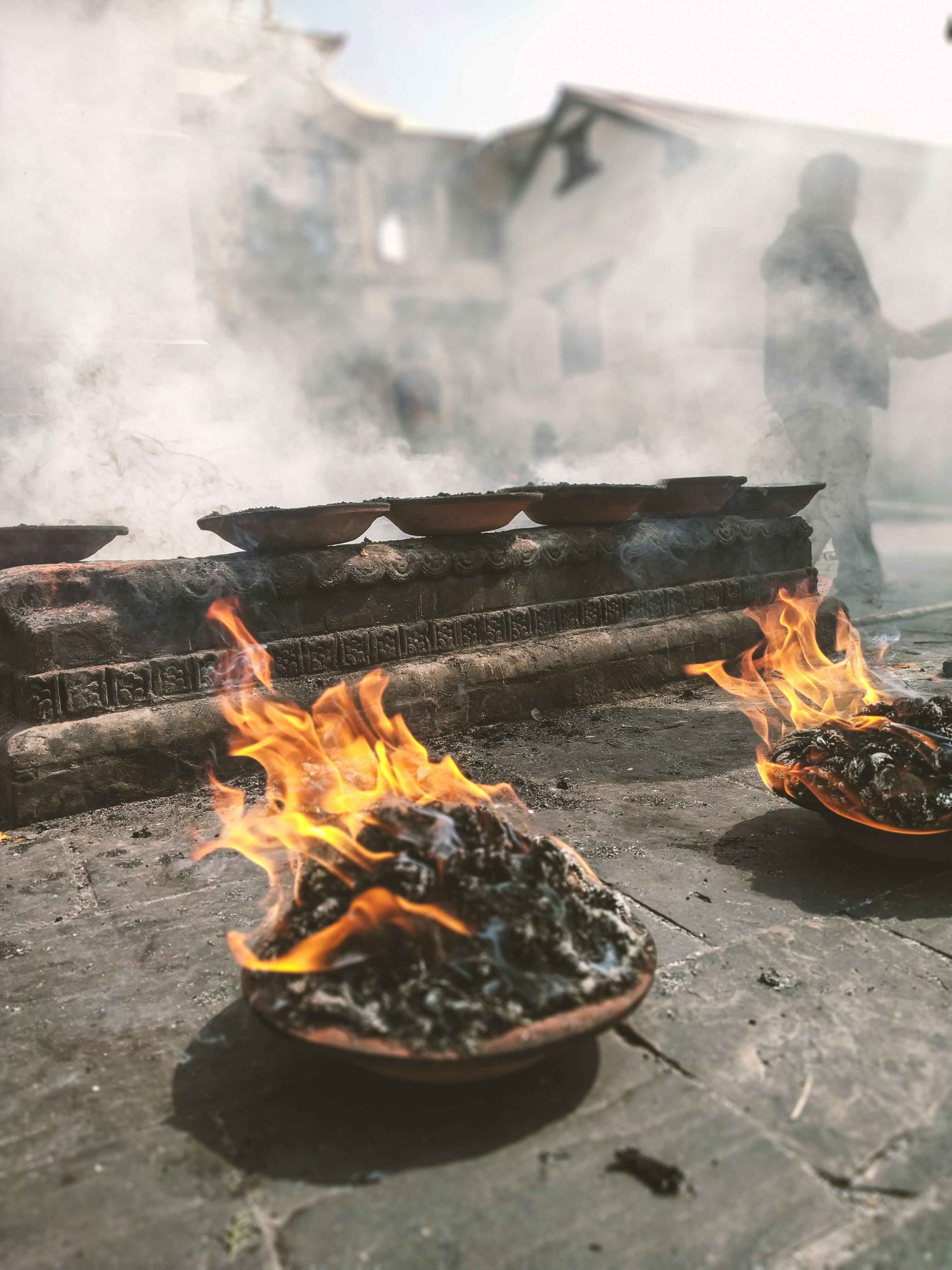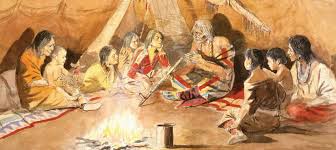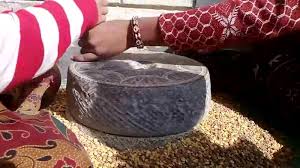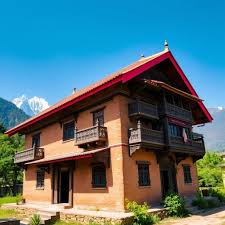Share this Article
Across the terraced hills and mist-covered plains of rural Nepal, a forgotten rhythm once defined daily life — the wooden thump of the dhiki and the stone-grinding hum of the janto. These two traditional tools were not just mechanical aids for food preparation; they were extensions of human will, cultural identity, and community life. Every household had them, and every child grew up hearing their distinctive sounds. With industrialization and globalization reshaping Nepal’s social and agricultural landscapes, these tools have faded into near-obsolescence. Yet, their legacy endures, not only in museums or folklore but also in the collective memory of a people who once lived in harmony with the tools they created.
This article aims to explore the cultural, historical, environmental, and symbolic significance of the dhiki and janto. Drawing from oral histories, anthropological insights, and field observations, we will journey through time to understand how these simple tools once shaped the fabric of rural life in Nepal — and how remembering them might offer a blueprint for a more connected, sustainable future.
I. Anatomy of the Dhiki and Janto
The dhiki is a manually operated wooden rice pounder, composed of a long wooden beam mounted like a seesaw. When pressed on one side, the other end — fitted with a heavy block — strikes down into a mortar made of wood or stone. A woman steps on the beam rhythmically, often in time with others, to dehusk rice or millet. In contrast, the janto is a rotary hand mill made of two circular stone discs. The top disc has a handle and a central hole where grains are inserted. As the upper disc is rotated, the grains are ground into flour and spill out from the sides.
Each tool, though rudimentary, demonstrates an ingenious adaptation to the available materials and labor resources. They were crafted from locally sourced wood and stone, designed for repair and reuse, and entirely devoid of external fuel or electricity.
II. Tools of Survival and Symbols of Skill
More than implements for survival, the dhiki and janto were rites of passage, especially for young women. A girl’s skill in using them was once considered an indicator of her readiness for marriage. Songs were sung while operating these tools, not only to pass the time but also to teach values and preserve oral traditions. Women, who bore the brunt of this labor, also used the opportunity to share stories, express emotions, and build solidarity.
In some regions, the act of pounding grain in the dhiki was ritualized during festivals like Dashain and Tihar. The food prepared using these tools — fresh rice flour, beaten grains, or millet bread — was considered purer and more auspicious than factory-processed alternatives. This was a labor not of necessity alone, but of devotion.
III. Social and Gender Dynamics
While the use of the dhiki and janto offered a chance for collective engagement, they also reflected entrenched gender roles. These tools were largely operated by women, reinforcing the association of food preparation and domestic labor with femininity. In many communities, the sound of the dhiki in the early morning signaled the beginning of a woman’s daily labor — long before men ventured out to the fields.
However, this domestic labor was rarely recognized as skilled or economically valuable. It was expected, normalized, and invisible in official records. Feminist scholars now view the decline of such tools as both a loss and a potential liberation, depending on perspective. While mechanization freed women from physically demanding chores, it also disrupted communal rhythms and marginalized the wisdom embedded in traditional food systems.
IV. Environmental Wisdom in Traditional Tools
One of the most compelling aspects of the dhiki and janto is their sustainability. These tools required no electricity or fossil fuels. They were powered by human energy — renewable, non-polluting, and deeply integrated into daily life. In a world grappling with climate change and unsustainable energy consumption, these tools offer a model of ecological harmony.
Moreover, their production did not require industrial processes. Blacksmiths, carpenters, and stone masons made and maintained these tools within the village economy. This circular production model ensured minimal waste and maximum utility.
Even today, elders in rural Nepal claim that grains processed using traditional tools retain better taste and nutrition. Scientific studies now support this claim, suggesting that the slow grinding of janto retains more nutrients and less heat-induced damage than modern mills.
V. The Melodic Language of Tools
The use of dhiki and janto was always accompanied by song. These songs — often improvised — were a medium for women to share joy, grief, satire, and wisdom. One could hear verses teasing a new bride, lamenting a distant husband, or praying for a good harvest. Some songs were passed down through generations, evolving into folk traditions that carried linguistic diversity and local wisdom.
In this way, the tools were instruments not just of grinding and pounding, but of communication. The rhythmic sounds created a percussive backdrop for melodies that spoke of resilience, community, and belonging.
VI. Decline and Disappearance in the Age of Machines
With the arrival of electric rice mills and grain processors, the dhiki and janto began to disappear. The change was swift, especially in towns and roadside villages. These machines promised speed, ease, and mass production. Within a generation, many young Nepalis had never seen, let alone used, a dhiki or janto.
This loss extended beyond the tool itself. With the disappearance of traditional grain processing came a shift in dietary patterns, a decline in oral traditions, and the collapse of certain local economies. Village artisans who once made these tools were out of work. The communal aspect of food preparation gave way to solitary, silent chores done by machine.
VII. Cultural Memory and Symbolism
Despite their obsolescence, the dhiki and janto live on in Nepali cultural memory. Artists and filmmakers reference them symbolically. In poetry, they represent endurance and maternal care. In visual arts, they are often portrayed as nostalgic relics of a purer past.
Some families preserve these tools as heirlooms, passing them down like sacred relics. In certain Newar and Magar households, small versions of dhiki and janto are even included in wedding gifts or dowries, symbolizing the bride’s readiness to nurture a household.
These tools have also appeared in political discourse. During speeches, some leaders reference them to evoke rural authenticity or critique urban alienation. NGOs promoting food sovereignty and indigenous knowledge often use the image of the dhiki and janto to advocate for slow food and sustainable agriculture.
VIII. Revival Efforts and Educational Value
In recent years, there has been a slow but meaningful movement to revive traditional tools — not necessarily for daily use, but for education and cultural preservation. Museums such as the National Museum in Chhauni or the Taragaon Museum in Kathmandu have begun to curate these tools, offering context and commentary.
In homestays and eco-tourism sites, guests are encouraged to try operating a dhiki or janto. School programs in rural areas now include sessions on indigenous technologies. These efforts not only preserve material culture but also inspire a dialogue about self-reliance, sustainability, and the wisdom of ancestors.
Some young entrepreneurs are exploring modern adaptations of these tools — creating hand mills with ergonomic designs or community grain processing centers that combine tradition with safety. In this way, the dhiki and janto are not just preserved as museum pieces but are reimagined for contemporary relevance.
IX. Voices from the Villages
Conversations with elders reveal a deep emotional connection to these tools. In a village in Parbat, an 80-year-old woman recounted how her mother taught her to sing while using the janto: “It was the sound of my childhood. We sang while grinding. The grains would turn to flour and the flour would feed the family. That is how we lived.”
In Ilam, a retired teacher spoke of how the dhiki became a place of bonding: “We would laugh, joke, and sometimes cry while pounding rice. It was hard work, yes, but it was our time together. The machine does not laugh with you.”
These testimonies underscore what is truly lost — not efficiency, but emotion. Not utility, but unity.
X. Conclusion: Relearning the Past for a Resilient Future
The story of the dhiki and janto is a story of transition. From central tools of daily survival to near-forgotten relics, they trace the arc of Nepal’s journey from agrarian self-reliance to industrial modernity. In their silence, we hear a call — not to return blindly to the past, but to re-evaluate what progress means.
Can we integrate the values embodied in these tools — sustainability, community, gender equity, and respect for labor — into modern life? Can their simplicity guide us toward solutions in a world complicated by excess and disconnection?
To rediscover the dhiki and janto is to rediscover a rhythm — steady, strong, communal — that may yet guide us into a more grounded future. Their echoes still resonate, if we choose to listen.
Categories:
Traditional Tools and Utensils
Tags:
traditional instruments
,
tradition
,
craft

